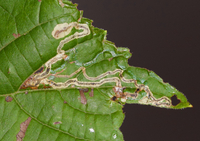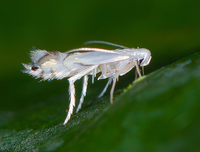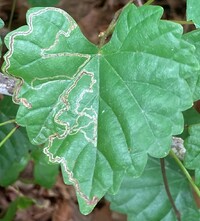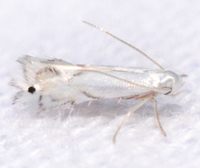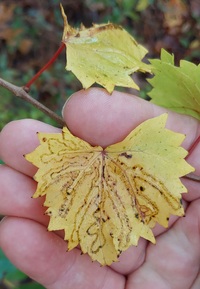
| Recorded by: Mark Basinger on 2025-11-09
Pender Co.
Comment: | 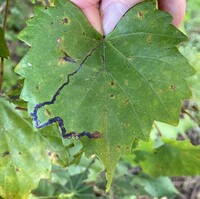
| Recorded by: Dean Furbish on 2025-10-22
Pender Co.
Comment: |
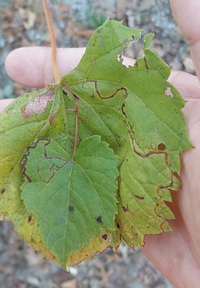
| Recorded by: Mark Basinger on 2025-10-18
Stanly Co.
Comment: | 
| Recorded by: Jim Petranka and Becky Elkin on 2025-10-11
Madison Co.
Comment: |
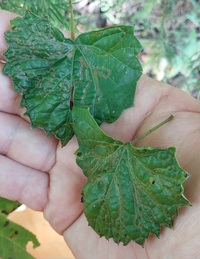
| Recorded by: Mark Basinger on 2025-10-03
Anson Co.
Comment: | 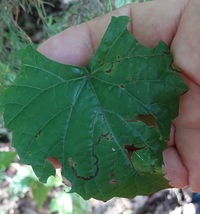
| Recorded by: Mark Basinger on 2025-10-03
Anson Co.
Comment: |
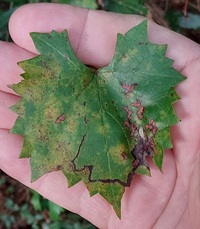
| Recorded by: Mark Basinger on 2025-10-03
Robeson Co.
Comment: | 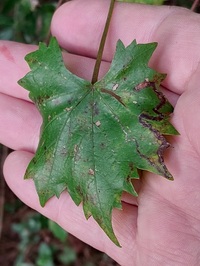
| Recorded by: Mark Basinger on 2025-10-03
Robeson Co.
Comment: |
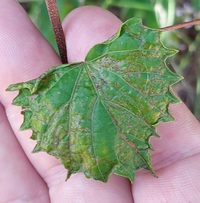
| Recorded by: Mark Basinger on 2025-10-01
Hoke Co.
Comment: | 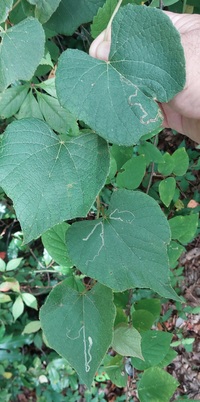
| Recorded by: Mark Basinger on 2025-07-24
New Hanover Co.
Comment: |
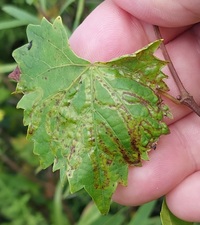
| Recorded by: Mark Basinger on 2025-07-23
Columbus Co.
Comment: | 
| Recorded by: Mark Basinger on 2025-07-10
Bladen Co.
Comment: |

| Recorded by: F. Williams, S. Williams, P. Hart on 2025-05-09
Cumberland Co.
Comment: | 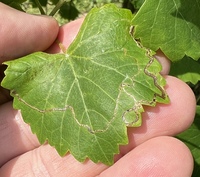
| Recorded by: Stephen Dunn on 2025-05-03
Orange Co.
Comment: |
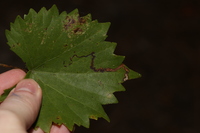
| Recorded by: David George on 2024-10-29
Onslow Co.
Comment: | 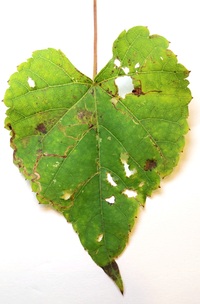
| Recorded by: Mark Basinger on 2024-09-20
Buncombe Co.
Comment: |
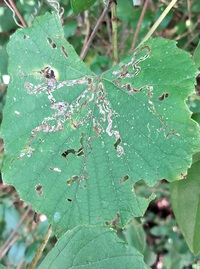
| Recorded by: Mark Basinger on 2024-08-26
Wilson Co.
Comment: | 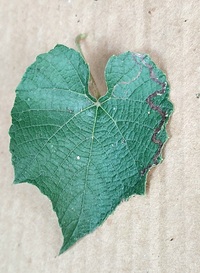
| Recorded by: Mark Basinger and Donald Zepp on 2024-08-23
Edgecombe Co.
Comment: |
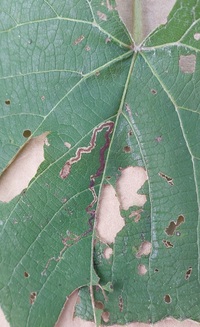
| Recorded by: Mark Basinger and Donald Zepp on 2024-08-23
Nash Co.
Comment: | 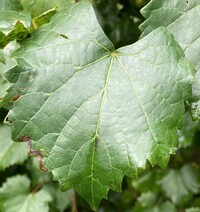
| Recorded by: Dean Furbish, Lior S. Carlson on 2024-08-12
Pamlico Co.
Comment: |
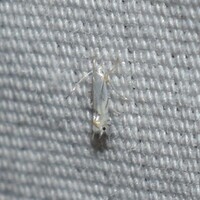
| Recorded by: David George, Jeff Niznik, Kevin Bischof on 2024-08-07
Transylvania Co.
Comment: | 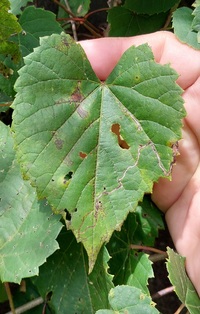
| Recorded by: Mark Basinger on 2024-08-06
Mitchell Co.
Comment: |

| Recorded by: David George, Jeff Niznik on 2024-08-06
Transylvania Co.
Comment: | 
| Recorded by: Jim Petranka on 2024-08-02
Madison Co.
Comment: |

| Recorded by: Jim Petranka on 2024-08-02
Madison Co.
Comment: | 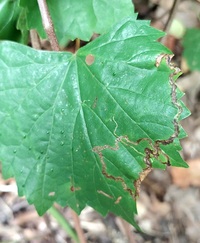
| Recorded by: Mark Basinger on 2024-07-02
Carteret Co.
Comment: |
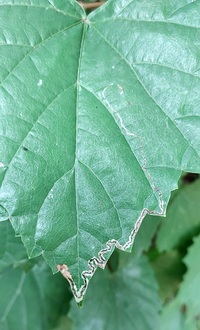
| Recorded by: Mark Basinger on 2024-07-02
Craven Co.
Comment: | 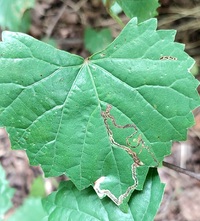
| Recorded by: Mark Basinger on 2024-07-02
Jones Co.
Comment: |
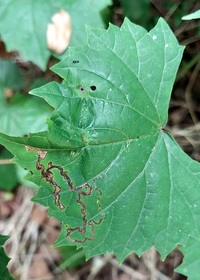
| Recorded by: Mark Basinger on 2024-07-02
Lenoir Co.
Comment: | 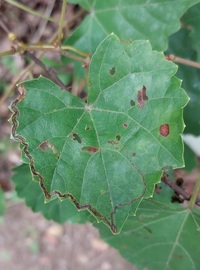
| Recorded by: Mark Basinger on 2024-06-29
Rowan Co.
Comment: |
|

 »
»